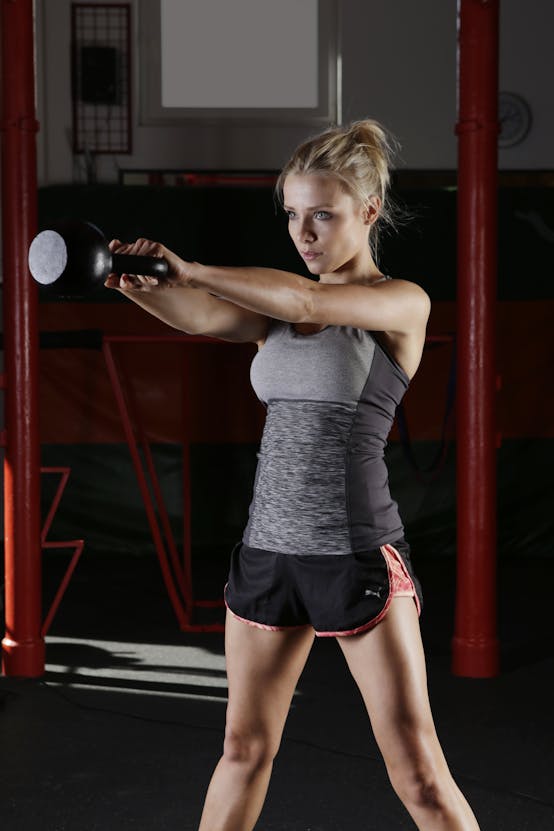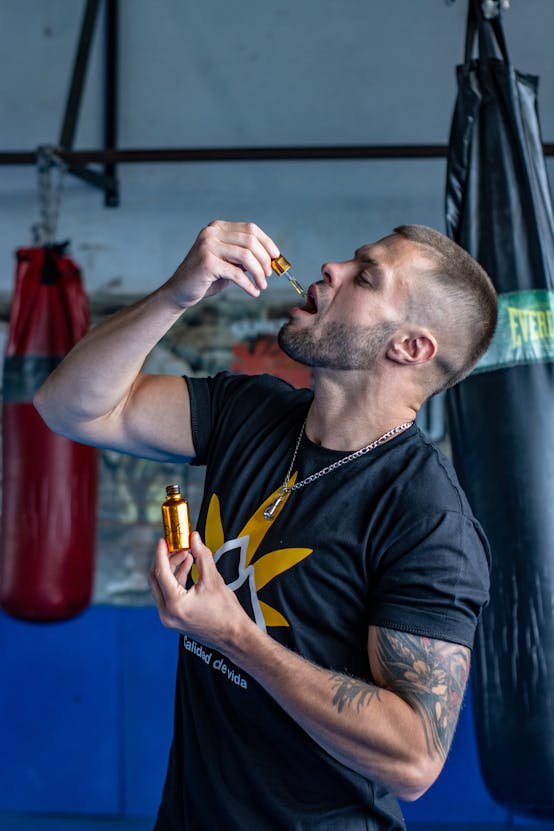Mastering Cage Control: Effective Strategies for UK MMA Fighters to Enhance Their Technique
In the dynamic and physically demanding world of Mixed Martial Arts (MMA), mastering cage control is a crucial aspect that can significantly impact a fighter’s performance and outcome in the cage. For UK MMA fighters, understanding and perfecting these strategies can be the difference between victory and defeat. Here, we delve into the essential techniques, training methods, and strategic approaches that can enhance a fighter’s cage control.
Understanding the Importance of Cage Control
Cage control in MMA is more than just physical dominance; it’s a blend of technique, strategy, and mental toughness. It involves controlling the positioning and movement within the cage to create favorable opportunities for strikes, takedowns, and submissions.
Also to read : Boost Takedown Speed: UK Wrestlers” Guide to Plyometric Training
“Pummeling is a core technique that allows you to achieve just that,” explains an MMA coach. “It’s about gaining positional control over your opponent, particularly in the clinch, which can make all the difference in a fight”[2].
Pummeling: The Key to Clinch Dominance
Pummeling is a fundamental grappling technique in MMA that involves the continuous exchange of underhooks between you and your opponent. Here’s a detailed breakdown of the four-step pummeling sequence:
In parallel : Unlocking Performance: The Advantages of Adding Swimming to a UK Boxer’s Training Regimen
The Four-Step Pummeling Sequence
- Inside Position:
- Start in the neutral clinch position with both you and your training partner standing chest-to-chest.
- Secure the “inside position” by getting your arms under your opponent’s arms, specifically by obtaining double underhooks and then securing a body lock around their torso.
- This position gives you optimal control in clinch standing positions, making it easier to trip or takedown your opponents[2].
- Switch Sides:
- Once you secure underhooks, it’s your training partner’s turn to secure double underhooks on you.
- This continuous exchange is what pummeling is all about, keeping the fight dynamic and challenging for both parties[2].
- Regain Inside Position:
- Work to regain the inside position by pummeling your opposite arm back inside.
- Aim to secure double underhooks on the other side, mirroring your initial position[2].
- Repeat:
- The pummeling sequence is continuous and dynamic. As your opponent attempts to regain inside control, you’ll switch sides and work to maintain dominant positioning in the clinch[2].
Key Pummeling Techniques
To master pummeling, several key techniques must be practiced and perfected:
- Head Position: Maintain proper head positioning by keeping your forehead on your opponent’s chest or face. This helps control their posture and makes it challenging for them to land effective strikes[2].
- Hand Placement: Focus on placing your hands deep, gripping your opponent’s back or sides. Ensure you lock your arms together once you’ve successfully secured underhooks[2].
- Hip Movement: Your hip movement is crucial during pummeling. Stay mobile and use your hips to create angles and maintain balance[2].
- Level Changes: Vary the levels of your pummeling to keep your opponent guessing. Drop your hips lower or raise them higher to disrupt their balance[2].
- Pressure And Forward Movement: Apply forward pressure, forcing your opponent to react to your movements. This keeps them on the back foot and limits their offensive opportunities[2].
The Role of Strength Training in Cage Control
Strength training is an integral part of any MMA fighter’s regimen, and it plays a significant role in enhancing cage control. Here are some key aspects to focus on:
Functional Strength
- Upper Body Strength: Developing strong shoulders, back, and arms is crucial for maintaining control in the clinch. Exercises like pull-ups, rows, and shoulder presses are essential[2].
- Core Strength: A strong core stabilizes your body and helps in maintaining balance during pummeling and other grappling techniques. Incorporate exercises like planks, Russian twists, and leg raises into your routine.
- Lower Body Strength: Strong legs and hips are vital for generating power and maintaining balance. Squats, deadlifts, and lunges are must-haves in any MMA strength training program.
Conditioning
- Cardiovascular Endurance: MMA fights are highly intense and require sustained energy levels. Incorporate high-intensity interval training (HIIT) and cardio exercises like running, swimming, or cycling to improve your endurance.
- Muscular Endurance: This is critical for maintaining performance over the duration of the fight. Focus on exercises that work multiple muscle groups at once and incorporate circuit training into your routine.
Integrating Striking Techniques with Cage Control
While grappling techniques like pummeling are essential, striking is also a vital component of MMA. Here’s how you can integrate striking techniques with your cage control:
Setting Up Strikes from the Clinch
- Use pummeling to control your opponent and create opportunities for strikes. For example, once you secure double underhooks, you can use your hips to create space and land knees or elbows[2].
- Practice transitioning from the clinch to striking range. This involves quickly disengaging from the clinch and creating distance to land strikes.
Defending Against Strikes in the Cage
- Footwork: Good footwork is essential for evading strikes and maintaining control in the cage. Practice shuffling, bobbing, and weaving to avoid your opponent’s strikes.
- Head Movement: Keep your head moving to avoid strikes. This also makes it harder for your opponent to land a clean shot.
- Blocking and Parrying: Learn to block and parry strikes effectively. This can help you neutralize your opponent’s offense and create counterattacking opportunities.
Mental Preparation and Strategy
Mental preparation is as important as physical training when it comes to mastering cage control.
Pre-Fight Strategy
- Study Your Opponent: Analyze your opponent’s fighting style, strengths, and weaknesses. This can help you anticipate their moves and plan your strategy accordingly.
- Game Plan: Develop a game plan that leverages your strengths and exploits your opponent’s weaknesses. For example, if your opponent is weak in the clinch, focus on taking the fight there.
In-Fight Adjustments
- Adaptability: Be prepared to adjust your strategy mid-fight based on how the fight is unfolding. If your initial plan isn’t working, be ready to switch gears.
- Focus on Controlling the Center: Controlling the center of the cage gives you more options for movement and striking. Always aim to be in the center and force your opponent to the fence.
Practical Insights and Actionable Advice
Here are some practical tips and advice for UK MMA fighters looking to enhance their cage control:
Training Tips
- Practice with Different Partners: Training with different partners exposes you to various fighting styles and helps you adapt to different scenarios.
- Focus on Drills: Drills are essential for perfecting techniques like pummeling. Practice the four-step pummeling sequence regularly to master it.
- Conditioning Drills: Incorporate conditioning drills into your training. For example, practice pummeling while wearing a weight vest or doing HIIT sessions to simulate the intensity of a real fight.
Mental Preparation
- Visualization: Visualize your fights and different scenarios. This helps in building mental toughness and preparing you for the unexpected.
- Positive Self-Talk: Maintain a positive mindset through self-talk. Encourage yourself and stay focused even in challenging situations.
Table: Comparing Key Techniques for Cage Control
| Technique | Description | Benefits | Challenges |
|---|---|---|---|
| Pummeling | Continuous exchange of underhooks in the clinch | Control over opponent, sets up strikes and takedowns | Requires strong upper body and core, can be tiring |
| Body Lock | Securing a lock around the opponent’s torso | Control in clinch standing positions, easier takedowns | Requires good hip movement and balance |
| Striking from Clinch | Using pummeling to create space for strikes | Combines grappling and striking, creates opportunities for offense | Requires quick transitions and good footwork |
| Footwork | Shuffling, bobbing, and weaving to evade strikes | Evades strikes, maintains control in the cage | Requires good agility and reaction time |
| Mental Preparation | Visualization, positive self-talk, and adaptability | Builds mental toughness, prepares for different scenarios | Requires consistent practice and self-discipline |
Quotes from Experienced Fighters
- “Pummeling is not just about physical strength; it’s about technique and timing. When you master it, you can control the fight from the clinch,” says a seasoned MMA fighter.
- “Strength training is crucial, but it’s not just about lifting heavy weights. It’s about functional strength that translates to the cage,” advises an MMA coach.
- “Mental preparation is half the battle. Visualize your fights, stay positive, and you’ll be better prepared for anything that comes your way,” says a UFC fighter.
Mastering cage control is a multifaceted endeavor that requires a combination of physical training, technical skill, and mental toughness. For UK MMA fighters, focusing on techniques like pummeling, integrating striking with grappling, and maintaining a strong mental game can significantly enhance their performance in the cage. By practicing these strategies consistently and adapting to different scenarios, fighters can become formidable forces in the world of MMA.
In the words of an experienced MMA coach, “Don’t underestimate the power of pummeling and other grappling techniques. With dedication, practice, and a commitment to perfecting your technique, you can become a dominant force in the cage, setting the stage for success in the world of MMA.”













